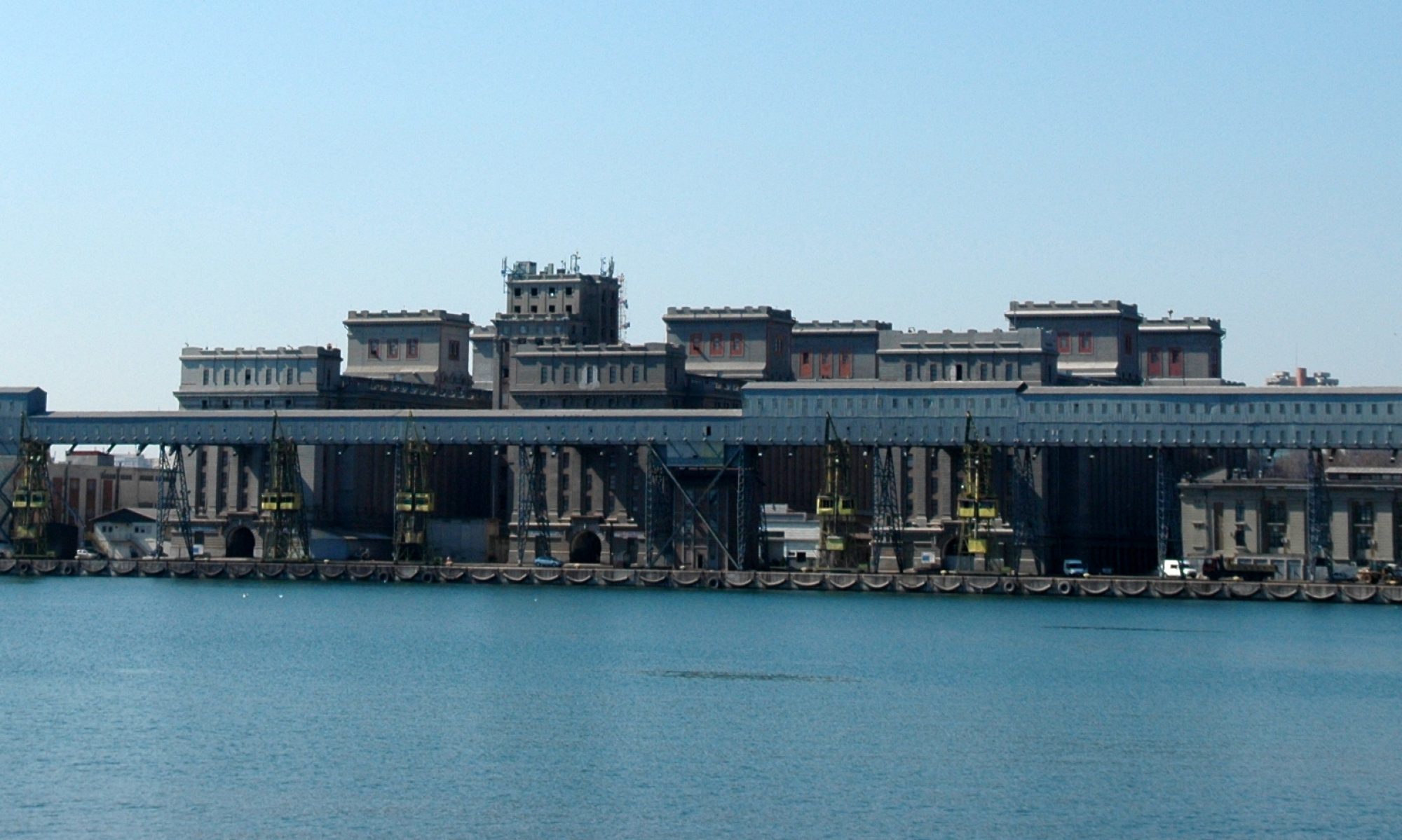Once upon a time, I passed this house on a central street in Bucharest with my grandma. It must have been around 1986 and we were on our way to visit grandma’s friend, Olga, who lived in the old town.
The house was one-storeyed, with several rooms aligning in an L-shape on the corner of a busy street with a narrow pavement. The street windows started at a low height, as if its residents were leaning on the passersby’ shoulders from inside their rooms. A crest placed between two windows adorned the main facade.
In the back, a derelict garden with a cherry tree and some junk gathered in the corners showed that several inhabitants shared the space and that they were probably not living well together.
‘There used to be a piano in the round room once’ grandma suddenly uttered, without any introduction.
‘How would you know? You were in the house once?’
‘They used to play the piano in the room on the left, when you walked in, sometimes when they had guests. Then they danced through the rooms, through the large double doors, from one room to the next…It was a long time ago. Now different people live here.’
Then I forgot all about it. Years passed, the regime pretended to change and brought along decade long trials for recuperation and ownership. Grandma was getting old and tired, but decided to fight for the house that once belonged to her aunt who had run away and never returned.
So we got the house, but only partially. In the middle section, according to law no. 112, an old inhabitant was allowed to go on staying there, without paying any rent, occupying the bathroom and living room. In order to go from the kitchen area in the back of the house to the front rooms, one had to pass through the garden. Just before the old guy died, he brought in his daughter, an alcoholic who kept living there for a few years, still without paying rent to anyone, neither to the state, nor to us. That was not according to the law, but every trial phase she was supported by a rich investor who wanted to build a hotel over a few lots there and had planned the entrance to the parking garage on the place of our house.
By now all our funds were depleted by the trials and maintenance costs and we had but one solution for dealing with the house, besides selling it: let someone live in it for the effort of taking care of it, fixing its leaking roof and draughty windows. So, a young couple moved into the non-linked rooms. They had to cross the garden to go to the loo in the back every time, even in wintertime.
More years passed. One day, the tenants called and told us there was a strange odour coming from under the drunkard’s door. The woman had passed away days ago, without anybody checking on her.
Police came, the forensics came, the neighbours came, but nobody wanted to be the one to open the door. Mom had to do it in the end, like so many other things that nobody else wants to do.
A few days passed by and suddenly some unknown relatives of the deceased showed up and claimed the tile stoves. Dad chased them away.
By the time the couple moved out, their daughter had already started school. Their living there had saved the house from being burned down: on several occasions, especially on public holidays, someone had put fire to the house from three different sides.
Now the house looked battered, but was finally ours to use. After some more renovations, I lived and exhibited in it for a few months, and then it was rented out.
On some mornings I wake up under the impression I’m still living there, in the old house that always welcomed guests so generously.
